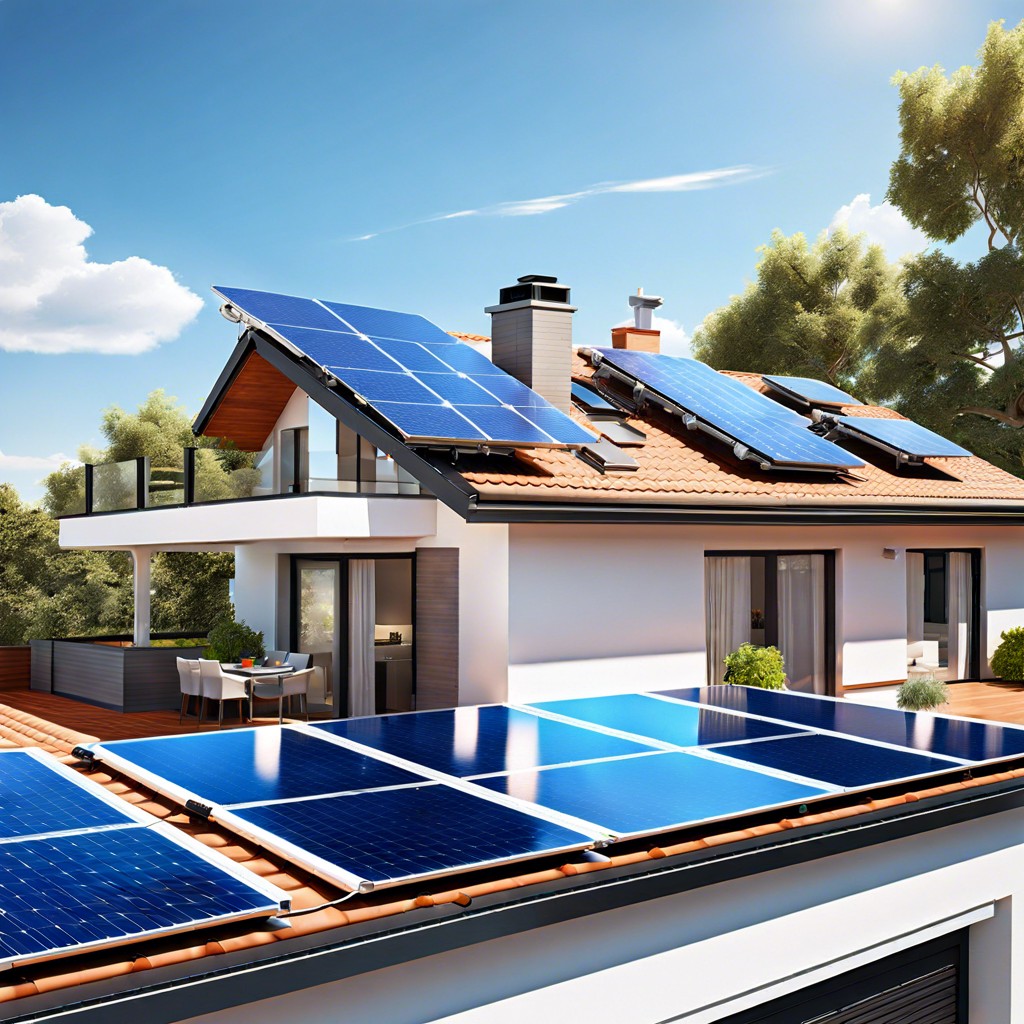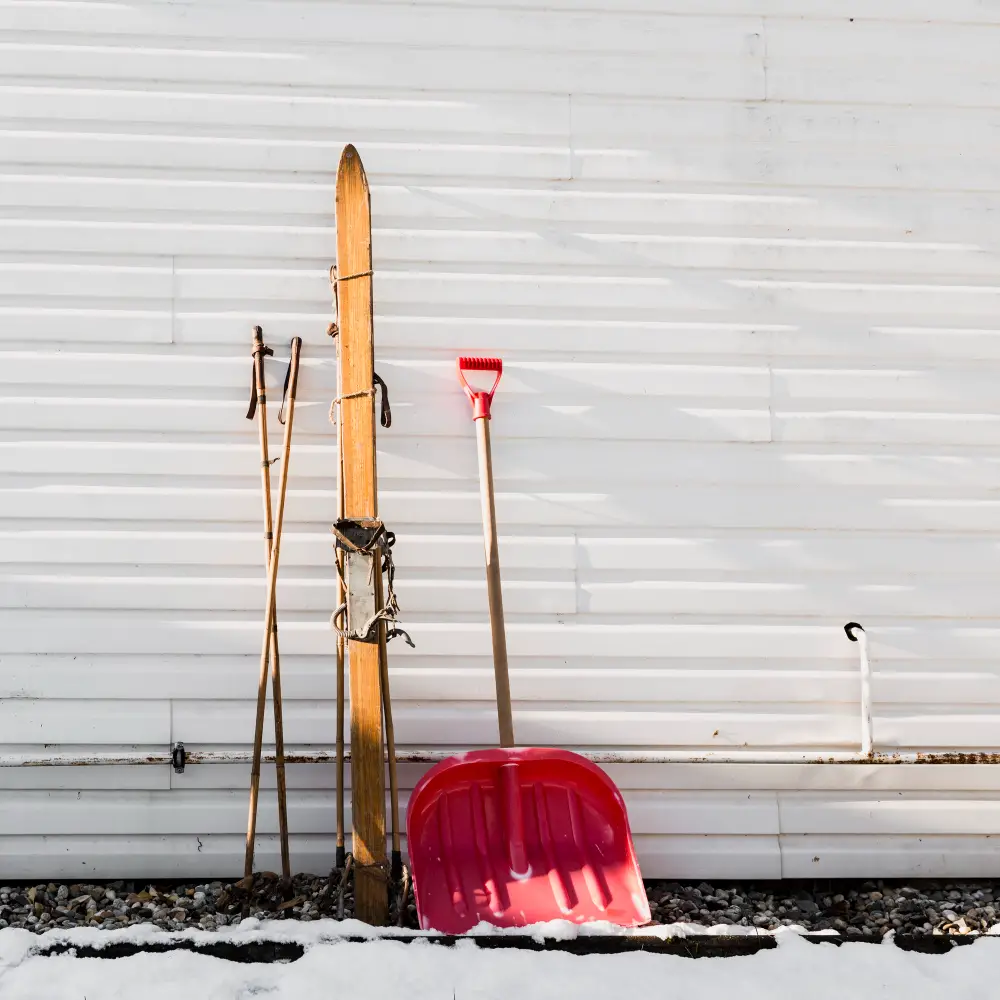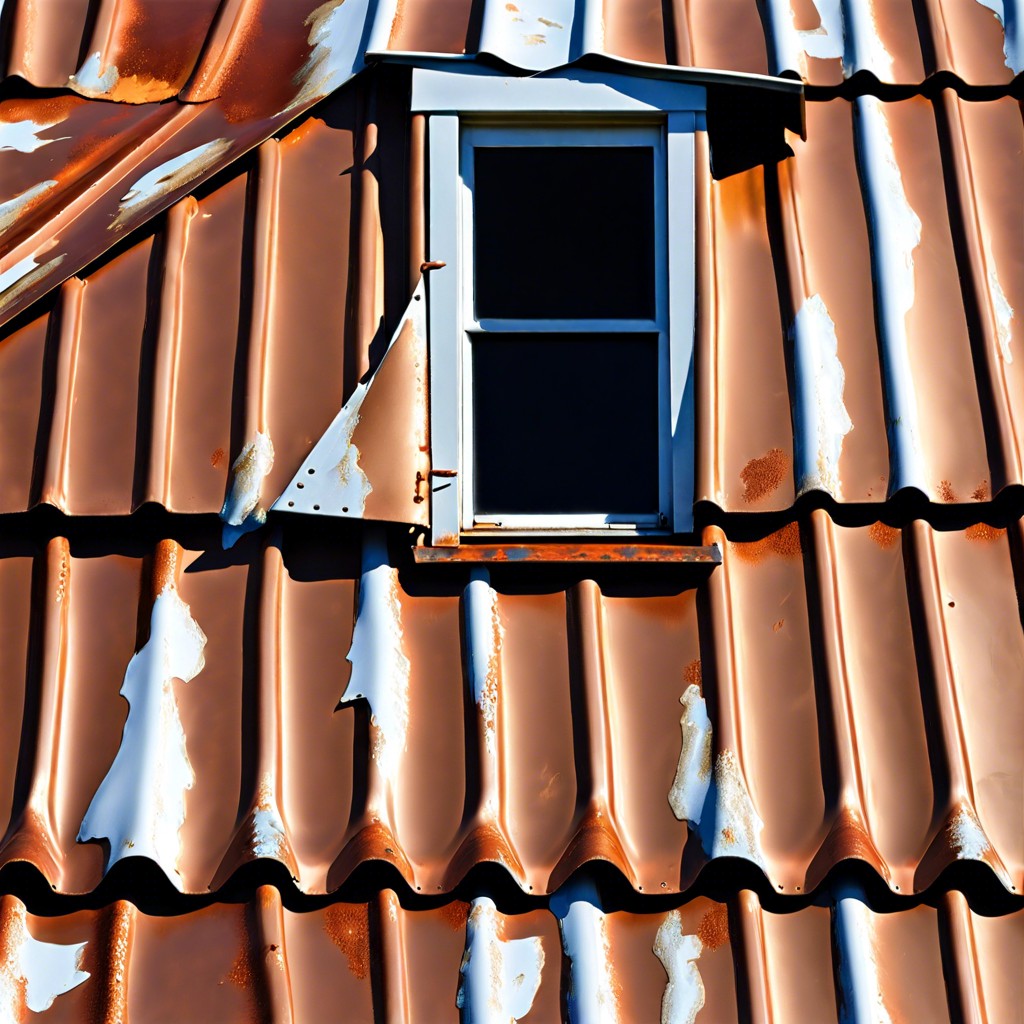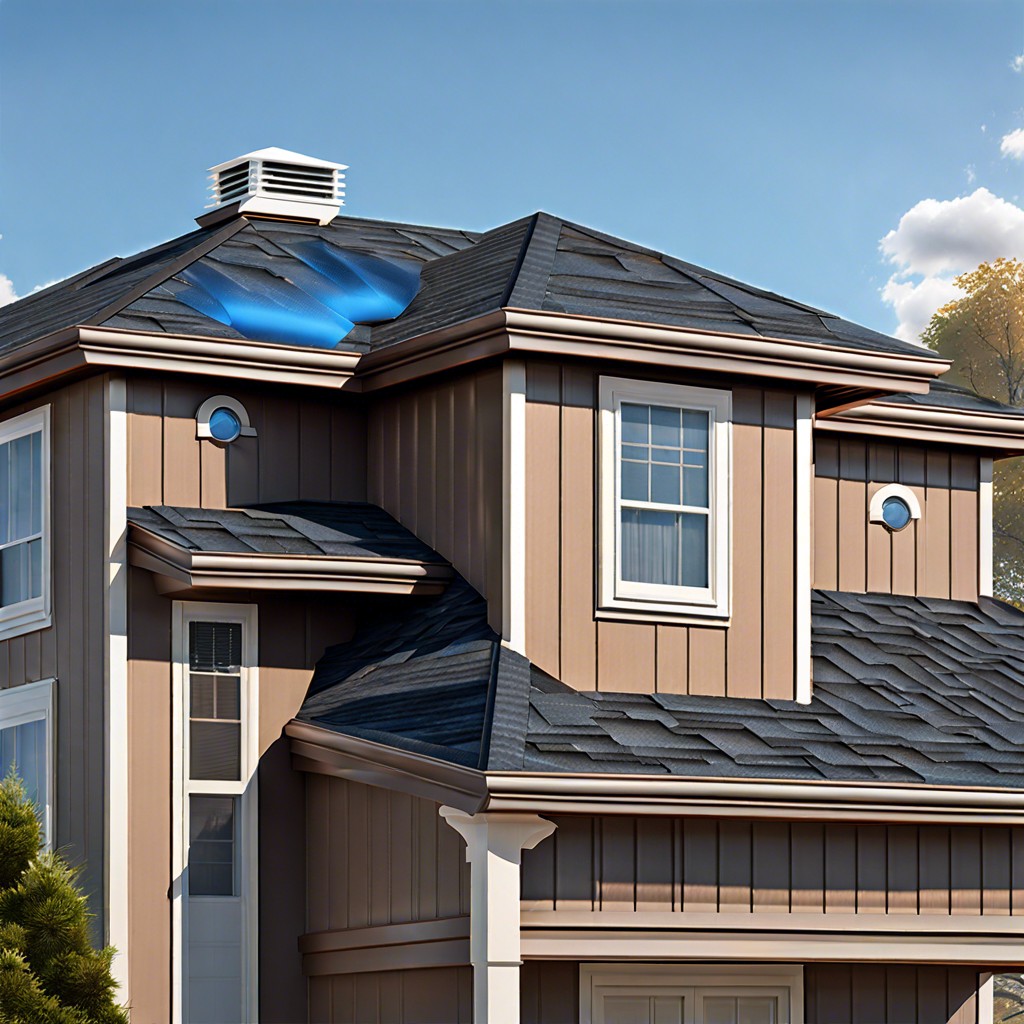Last updated on
Learn how to set up an automatic cleansing system for roof-mounted solar panels and ensure they maintain peak performance.
Key takeaways:
- Dirty solar panels decrease electricity generation by up to 25%.
- Automated cleaning systems include robotic cleaners and spray systems.
- Robotic cleaners are pricier but require less manual labor.
- Consider upfront costs and long-term savings when choosing a system.
- Ensure proper installation and safety precautions for automated systems.
Importance of Maintaining Cleanliness for Solar Panel Efficiency

Dirty solar panels are like wearing sunglasses on a cloudy day; they just don’t get enough light. Dust, leaves, and bird droppings can significantly reduce a solar panel’s ability to generate electricity. This drop in performance can be as steep as 25%, depending on how much grime has accumulated.
The physics behind it is simple: the cleaner the glass surface, the more sunlight penetrates through to the solar cells, which results in more energy creation. Consistently clean panels ensure peak performance and a longer operational life, maximizing your eco-friendly investment. It’s a simple equation where cleanliness equals efficiency.
Regular maintenance not only enhances efficiency but also helps in identifying potential issues like cracks or defects that might be hidden under the dirt. Think of it as preventive healthcare for your panels; better safe than sorry!
Overview of Automated Cleaning Systems for Solar Panels
Automated cleaning systems for solar panels are clever gadgets designed to save you from the drudgery of manual scrubbing. Picture little robotic friends that take care of grime while you kick back and sip lemonade!
There are two main types of these systems: robotic cleaners and automated spray systems. Robotic cleaners glide over your solar panels using brushes or microfiber to wipe away dirt. They’re powered by the panels themselves or an external source, ensuring they have the zest to keep your solar investment squeaky clean.
Automated spray systems, on the other hand, are like sprinklers for your solar panels. They spray water or a cleaning solution across the panels at scheduled intervals. Installation is straightforward, and they are quite effective at dealing with dust or bird droppings that decide to call your solar panels home.
Both systems come with controllers allowing scheduling based on specific needs, like after a windstorm or during particularly dusty seasons. This smart tech means your solar panels operate at peak efficiency without you having to lift a finger. Well, maybe just to push a button!
Cost and Efficiency Comparison of Different Automated Systems
When choosing an automated cleaning system for solar panels, the initial investment and long-term savings play a crucial role. Robotic cleaners are popular but can be pricier upfront. They operate autonomously, minimizing the need for manual labor—think of them as the Roombas of the rooftop! Over time, these systems can drastically reduce maintenance costs.
Another alternative is the sprinkler-based system, which is less expensive initially but may increase water usage. This system sprinkles water over the panels, much like watering a garden, and can also include brushes to scrub the surfaces automatically.
Both systems improve the efficiency of solar panels by keeping them clean, ensuring maximum exposure to sunlight, and maintaining power output. It’s essential to weigh the balance between upfront costs against potential energy efficiency gains. Some robust ROI calculations will help decide which option hits the sweet spot between maintaining efficiency and managing expenses.
Installation and Maintenance of Automated Cleaning Systems
Installing an automated cleaning system for your solar panels might sound like a high-tech adventure, but it’s more accessible than you think! First, select a system that fits both your roof type and the size of your solar panel array. It’s vital to ensure compatibility to avoid system malfunctions or inefficiencies.
Installation is generally handled by professionals which is great news if the thought of climbing onto your roof sends shivers down your spine. They’ll hook everything up, often tapping into your home’s water system to feed the rotating brushes or sprayers that gently clean the panels without scratching them.
Maintenance is blissfully minimal. Most systems come equipped with sensors to adapt the cleaning schedule based on weather conditions and dust accumulation, so it literally takes care of itself. Just keep an eye on the system’s performance through any associated apps or monitoring software to ensure everything is running smoothly. Regularly check for any wear and tear or leaks in the water hoses or mechanical parts—catching issues early can save you bigger headaches down the road.
Quick tip: occasionally, manual intervention might be necessary after unusual events, like heavy storms or nearby construction work that could lead to excessive soiling. Just something to keep in mind as you let your robotic cleaners do their thing!
Safety Considerations Specific to Automated Systems
When setting up automated solar panel cleaners on your rooftop, think of it as teaching a robot to clean without accidentally redecorating your home’s exterior! Safety first, both for yourself and your shiny tech. Here are the key safety pointers:
Ensure the system is compatible with your specific roof type and layout. Improper installation can cause damage or inefficiencies. Consult with a professional if you’re unsure about the suitability for your roof.
Consider electrical safety. Automated systems require power, and mixing electricity with outdoor elements like rain isn’t typically party time. Make sure all electrical connections are securely weatherproofed and up to code.
Monitor the system’s operation, especially in extreme weather. High winds or heavy snow could turn your automated cleaner into an unintended roof remodeler. Most systems have sensors to halt operation in harsh conditions, but keep an eye out initially.
Always deactivate the system when performing manual checks or maintenance. While it’s unlikely that the cleaning robot will mistake your fingers for dirt, it’s better safe than sorry!




